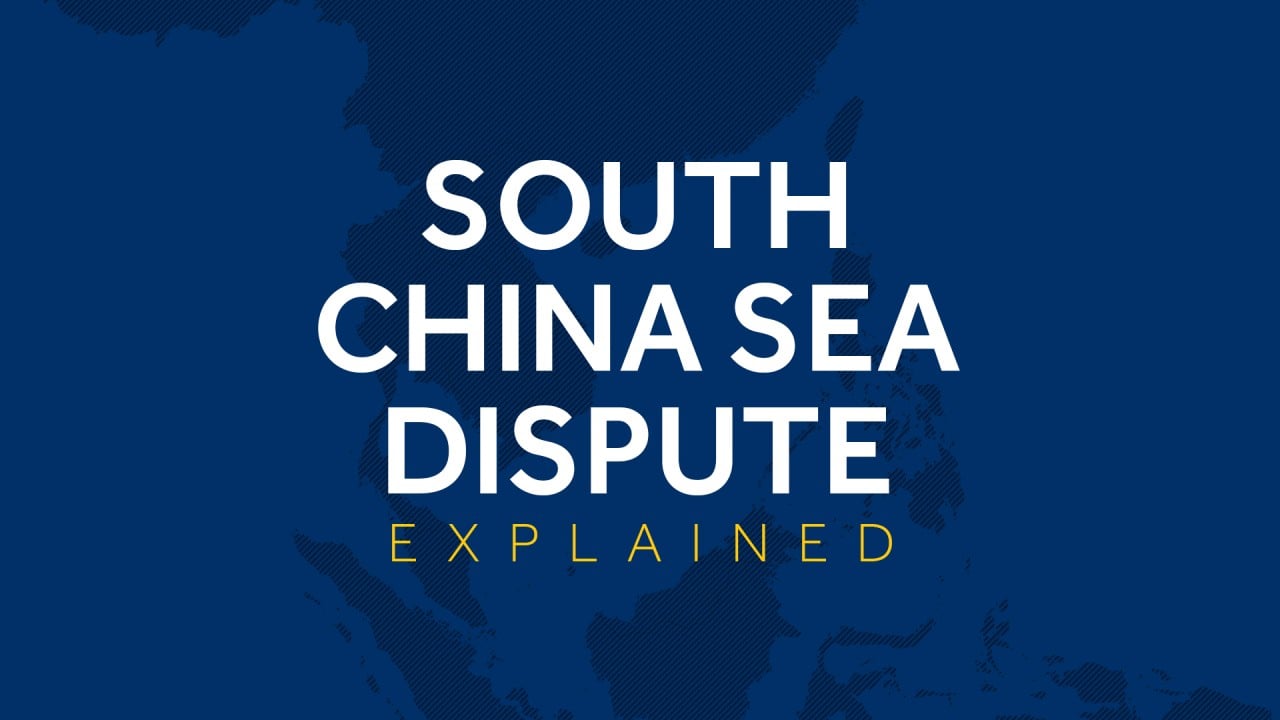
India joins French-led naval exercise, revealing clues about Quad’s plans to contain China in Indo-Pacific
- The three-day La Perouse exercise in the Bay of Bengal will also include the United States, Japan and Australia
- Beijing has criticised the Quad as an ‘Indo-Pacific Nato’, and analysts say Asean countries would be wary of the alliance but remain open to bilateral engagement with individual members
All four nations took part in the India-led Malabar exercises last November but adding France, which will lead the naval exercises, makes it a “Quad-plus” exercise that the four countries could use as a blueprint for further cooperation with countries, analysts said. The previous La Perouse exercise in 2019 led by France featured Australia, Japan and the US but not India.
This comes just two days after the US Defence Secretary said that the efforts of the Quad countries were important “in countering the malign influence of China in the region”.
Collin Koh Swee Lean, a Research Fellow at the Singapore-based S. Rajaratnam School of International Studies’ (RSIS) Institute of Defence and Strategic Studies, said the exercise would be “definitely significant” if the countries decided to make it a regular event.
“If this exercise pulls off well, it might become an encouraging sign for other non-Quad regional countries to consider similar cooperative activities with the Quad,” Koh said.
In a statement issued on Wednesday, the French embassy in India called the exercise a “large-scale five-country exercise” and said it would “provide an opportunity for these five like-minded, high-end naval forces to develop closer links, sharpen their skills and promote maritime cooperation throughout a free and open Indo-Pacific”.
Yogesh Joshi, a research fellow at the National University of Singapore’s Institute of South Asian Studies, said it would send a signal to Beijing that “if all other major states are calling out China’s behaviour or aligning [themselves] to deter China’s assertiveness, then there must be something wrong with China’s behaviour in the first place”.
The Quad’s presence
The three-day exercises further expand the Quad’s presence in the region after each of the Quad countries in the past week had at least one bilateral military exercise with at least one other Quad partner.
On March 28-29, the Indian air force and navy participated in an exercise with US naval warships in the Bay of Bengal, while the Japanese Maritime Self-Defence Force conducted two separate bilateral exercises. One was an exercise with Australian navy warships in the South China Sea from March 29-31 and the other was a day-long exercise with a US navy warship in the East China Sea on March 29.
Retired Indian navy commodore R.S. Vasan, now the director of the Chennai Centre for China Studies, said India’s participation in La Perouse for the first time indicated its new willingness to engage in multilateral activities that could be viewed by Beijing with suspicion. Since the deadly stand-off at the disputed border between the two countries last year, New Delhi’s approach has changed, Vasan said.
Why US-led, anti-China Quad is either meaningless or doomed to failure
“New Delhi has felt let down by Beijing and has stopped worrying about how its actions will be perceived by its neighbour,” he said. “In a way, China has made it easy for India to enter into these alliances.”
The timing of the exercise is also significant, coming after the Biden administration’s first major outreach in the region, when Secretary of State Anthony Blinken and Defence Secretary Lloyd Austin travelled to Japan and South Korea. Austin then went to New Delhi where he called India an “increasingly important partner” and said the two countries had agreed to pursue “enhanced cooperation” in the Indo-Pacific.
Seeking new partners
Koh of RSIS said the exercises at La Perouse might also be designed to persuade other non-Quad nations to join similar arrangements. Koh suggested Southeast Asian countries such as Vietnam, the Philippines and Malaysia – which are locked in a territorial dispute with Beijing in the South China Sea – could be on the list of potential “Quad-plus” partners”. However, they might still be wary of being associated with the Quad, which was “commonly perceived as a set-up to counter China”, Koh said.
“That doesn’t mean bilateral-level engagements are not possible,” he said. “For example, even if we might not envisage a ‘Quad-plus’ naval exercise with Asean countries, we could expect individual Quad member states to engage in bilateral or even mini-lateral engagements with the Asean partners.”
“But we might also see some Southeast Asian states breaking away from such a consensus and aligning their security policies with the Quad countries,” he said.
Biden’s plans to turn the Quad into an anti-China Asian Nato are far from assured
The La Perouse exercise also reveals how European powers are formulating strategies to remain active in the Indo-Pacific, where they have economic interests. Germany and the UK have announced they will send warships to the Indo-Pacific this year, while France, Germany and the Netherlands are leading the drafting of the European Union’s Indo-Pacific strategy.
After La Perouse, France will join India and the United Arab Emirates for another multilateral naval exercise, “Varuna” in the Arabian Sea. Joshi said these measures to “crowd the waters” could also have the benefit of ensuring stability.
“Once the waters of the Indo-Pacific are crowded by not-so-friendly navies, Beijing does risk accidental and inadvertent escalation,” he said.


